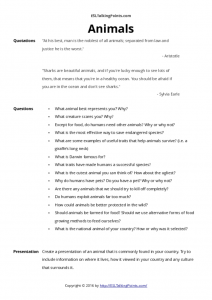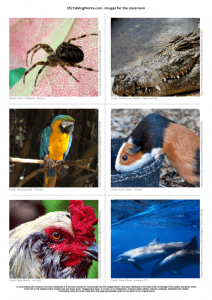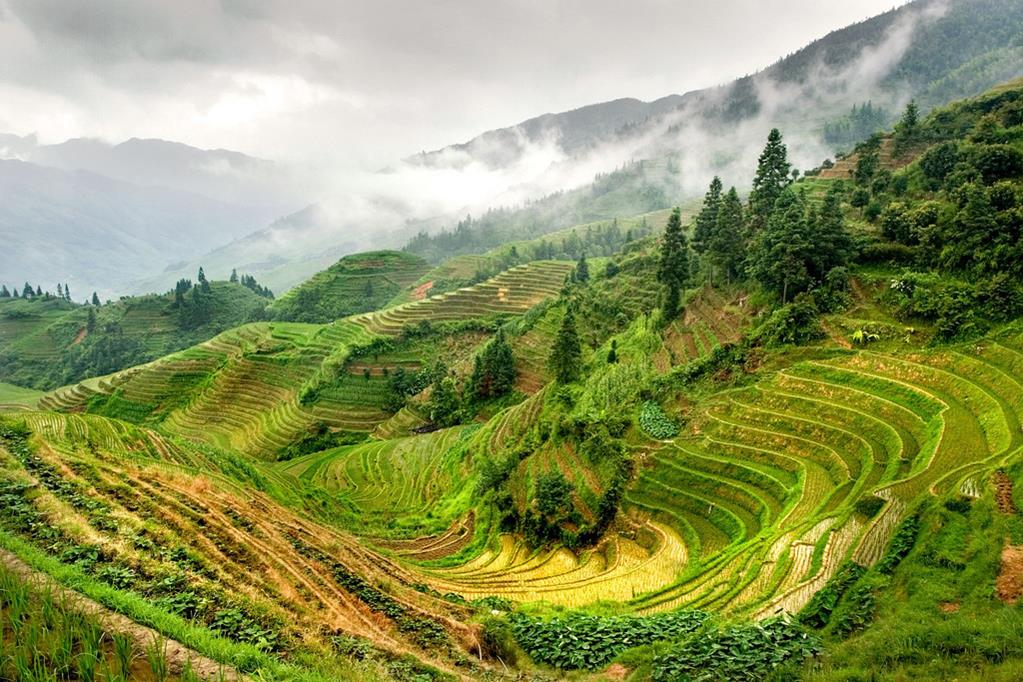Animals
With increasing pressure on the natural environment, animals are in constant battle with humans for space and survival. The decisions people make today will decide whether our natural world will be changed irreversibly.
This intermediate lesson has a broad focus from evolution to animal exploitation. Do use the images to stimulate further conversation and brainstorm further vocabulary; like beak, fin, tentacles, jaw, tail and so on.
- Language level: B1+
- Aim: Animals and our changing world.
- Learner type: Young learners; Teens; Adults
- Time: 45 – 60 minutes
- Activities included: Discussing quotes, conversation questions, presentation, image discussion
- Topic: Animals
- Language: Any (may also teach animal body parts like; beak, jaw, tail, scales; alternatively you could teach onomatopoeic sounds like quack, woof, cluck, oink; and so on.)
- Materials: Text and images
Useful vocabulary
- Flora and fauna – which means plants and animals. Flora refers to plants and flowers, while fauna refers to animals.
- Mammal – animals which have fur, are warm-blooded, produce milk and have babies which are alive at birth (eg, not in an egg).
- Species – these are animals which are part of a similar group, for instance, tigers, lions, and cheetahs are all species of cat.
- the animal kingdom – refers to all animals. The blue whale s the largest in the animal kingdom.
- Specimen – a research subject. Monkeys are used as research specimen because they are physically similar to people.
Animals conversation questions printable worksheet
- Download the PDF talking points page: Animals ESLTalkingPoints PDF
- Download the PDF images for class: Animals Images PDF
Did you know?
- Shrimps and prawns have their heart in their heads.
- Snails can often hibernate or sleep for three years at a time.
- A koalas fingerprint is incredibly similar to a human’s fingerprint.
- Elephants are the only animal which cannot jump.
- Slugs have four ears.
- Bats are the only mammals which can fly.
- If you keep goldfish in the dark, its skin would go very pale.
- Almost half the pigs in the world are kept in China.
Quotations
“At his best, man is the noblest of all animals; separated from law and justice he is the worst.”
– Aristotle
“Sharks are beautiful animals, and if you’re lucky enough to see lots of them, that means that you’re in a healthy ocean. You should be afraid if you are in the ocean and don’t see sharks.”
– Sylvia Earle
Questions
• What animal best represents you? Why?
• What creature scares you? Why?
• Except for food, do humans need other animals? Why or why not?
• What is the most effective way to save endangered species?
• What are some examples of useful traits that help animals survive? (i.e. a giraffe’s long neck)
• What is Darwin famous for?
• What traits have made humans a successful species?
• What is the cutest animal you can think of? How about the ugliest?
• Why do humans have pets? Do you have a pet? Why or why not?
• Are there any animals that we should try to kill off completely?
• Do humans exploit animals far too much?
• How could animals be better protected in the wild?
• Should animals be farmed for food? Should we use alternative forms of food growing methods to feed ourselves?
• What is the national animal of your country? How or why was it selected?
Presentation
Create a presentation of an animal that is commonly found in your country. Try to include information on where it lives, how it viewed in your country and any culture that surrounds it








